Regulatory Support
Regulatory frameworks are increasingly favoring the Composite Cans Market, as governments worldwide implement policies aimed at reducing plastic waste. These regulations often promote the use of recyclable materials, which aligns with the characteristics of composite cans. As a result, manufacturers are encouraged to transition towards more sustainable packaging solutions. The support from regulatory bodies not only facilitates market entry for composite can producers but also incentivizes innovation in sustainable practices. This regulatory environment is expected to bolster the growth of the Composite Cans Market, as companies adapt to comply with new standards while meeting consumer demand for environmentally responsible products.
Technological Innovations
Technological advancements are playing a pivotal role in shaping the Composite Cans Market. Innovations in manufacturing processes, such as improved production techniques and automation, are enhancing efficiency and reducing costs. For instance, the integration of smart technologies in production lines allows for real-time monitoring and quality control, which can lead to higher product standards. Furthermore, advancements in materials science are enabling the development of composite cans that offer better barrier properties, thus extending shelf life and preserving product integrity. As these technologies continue to evolve, they are expected to create new opportunities for growth within the Composite Cans Market, potentially attracting investments and fostering competitive advantages.
Sustainability Initiatives
The Composite Cans Market is experiencing a notable shift towards sustainability initiatives. As consumers become increasingly environmentally conscious, manufacturers are compelled to adopt eco-friendly practices. This trend is reflected in the rising demand for recyclable and biodegradable materials in packaging. According to recent data, the market for sustainable packaging is projected to grow significantly, with composite cans being a preferred choice due to their recyclability. Companies are investing in sustainable sourcing of raw materials, which not only reduces their carbon footprint but also appeals to a growing demographic that prioritizes sustainability. This focus on eco-friendly solutions is likely to drive innovation within the Composite Cans Market, as businesses seek to differentiate themselves through sustainable offerings.
Diverse End-User Industries
The Composite Cans Market benefits from its diverse applications across various end-user industries. Sectors such as food and beverage, personal care, and pharmaceuticals are increasingly adopting composite cans for their packaging needs. For example, the food and beverage industry is projected to account for a substantial share of the market, driven by the demand for lightweight and durable packaging solutions. Additionally, the versatility of composite cans allows for customization, catering to specific requirements of different products. This adaptability is likely to enhance the appeal of composite cans, thereby driving growth in the Composite Cans Market as more industries recognize the advantages of using these packaging solutions.
Consumer Preferences for Convenience
Consumer preferences are shifting towards convenience, which is significantly influencing the Composite Cans Market. As lifestyles become busier, there is a growing demand for packaging that offers ease of use and portability. Composite cans, known for their lightweight and stackable design, cater to this need effectively. Additionally, the ability to reseal composite cans enhances their appeal for on-the-go consumption. Market data indicates that products packaged in composite cans are increasingly favored by consumers seeking convenience without compromising quality. This trend is likely to drive further adoption of composite cans across various sectors, reinforcing their position within the Composite Cans Market.


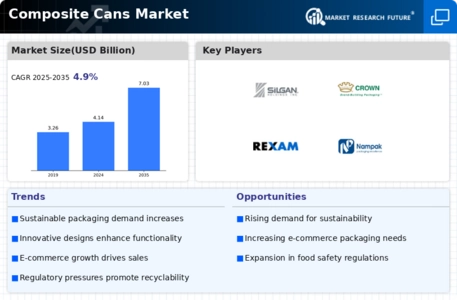
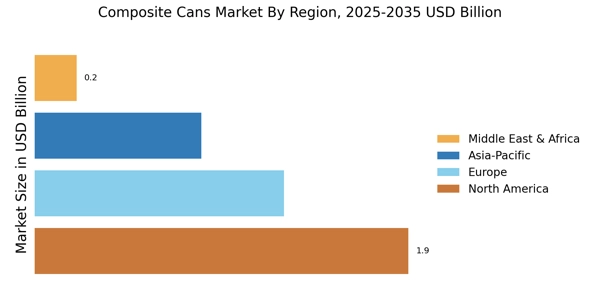
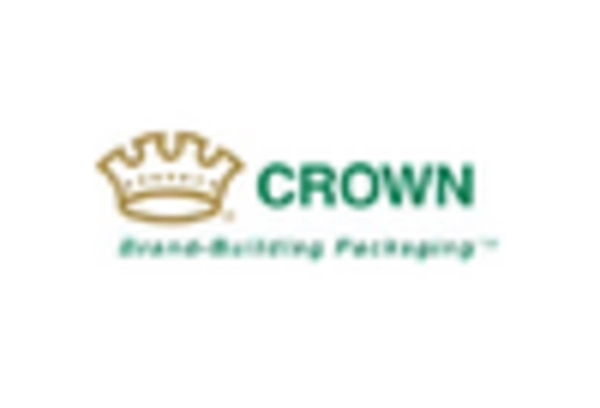
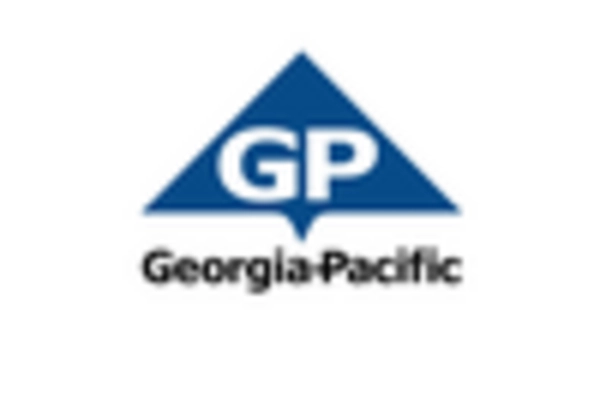

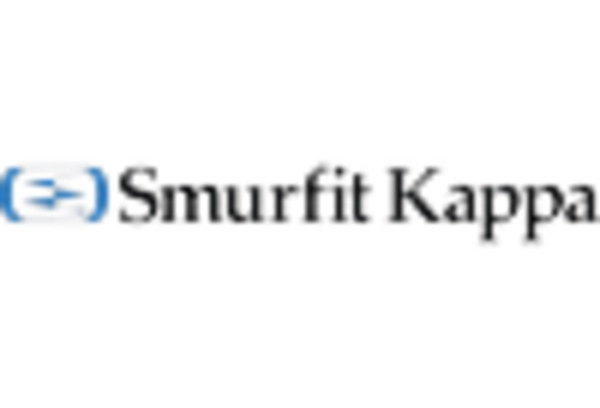
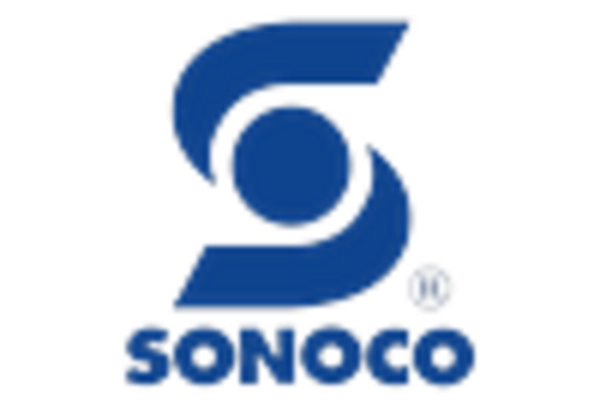
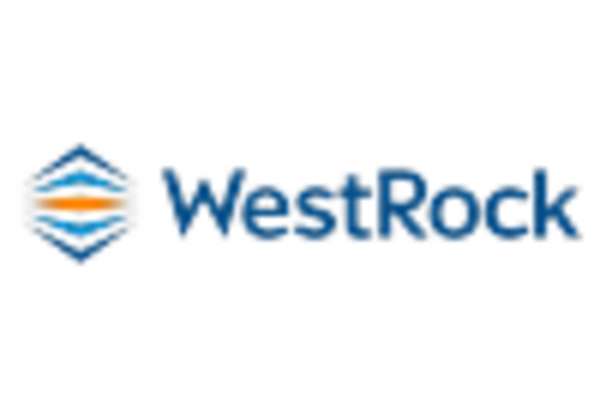








Leave a Comment